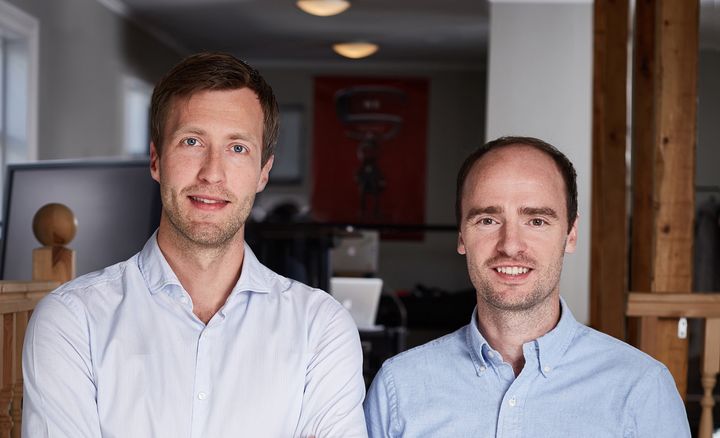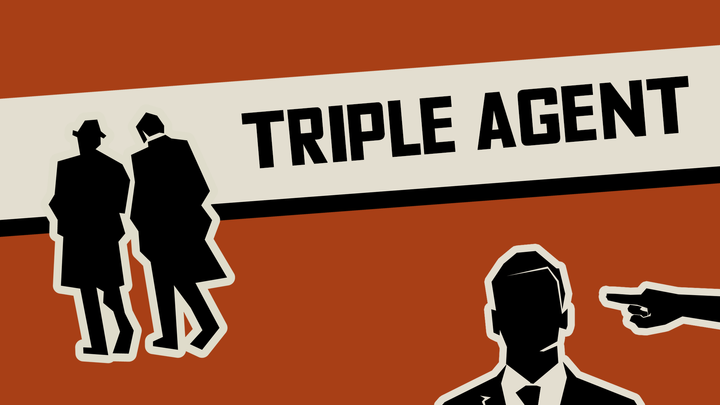Iceland: VR Valley?
In a popular blogpost from earlier this year the investor, tweeter and entrepreneur Marc Andreessen discussed a politician’s pipe-dream: what it would take to create the next Silicon Valley.
In essence his argument is simple: Don’t even try. Trying to mimic an organically grown, entrepreneurial community with governmental stimuli won’t work.
But policymakers shouldn’t be trying to copy Silicon Valley. Instead, they should be figuring out what domain is (or could be) specific to their region — and then removing the regulatory hurdles for that particular domain. Because we don’t want 50 Silicon Valleys; we want 50 different variations of Silicon Valley, all unique from each other and all focusing on different domains.
Why am I quoting this almost year-old blogpost?
Two weeks ago, two Icelandic tech companies, CCP and Sólfar, announced funding rounds, $30 million and €2 million respectively. In both cases, Icelandic investors participated in the funding rounds. In addition to this, Eyrir Sprotar announced an investment in Mure VR, makers of Breakroom VR, a little under a year ago (December 30, to be exact). This amounts to 3 VC investments in Icelandic VR efforts in under 12 months.
This, by my accounts, is a lot. Especially for a small fledgling ecosystem like Iceland’s.
Foundations for a cluster?
For an industry cluster to become possible, and more importantly, globally competitive, many factors are needed. It might be hard, but it is definitely possible. We’ve already seen the rise of the Icelandic Seafood Industry which is now one of the most competitive and best run seafood industries in the world. Maybe the next cluster is the VR cluster?
Even though the recent VR investments are focused on one industry (i.e. Virtual Reality), the companies and their products are fairly diverse. CCP is pure gaming, launching two games in 2016 – Eve Valkyrie and Eve Gunjack. Sólfar just announced Everest, which by accounts seems more of an experience, or attraction. Mure VR is developing Breakroom – a VR product for the workplace. This means that we have 3 funded VR companies that are experimenting with three different aspects of the VR platform.

We might have the beginning of a VR industry in Iceland, where Iceland is one of the places where talent interested in VR goes to work. Where VR companies build offices and where VR innovation happens.
Icelandic regulators should pay close attention. If these companies start gaining traction, officials should make sure the environment here is great for starting VR businesses. They could encourage the adoption of VR technologies, and fund research by Universities and academia to further innovation in the sector. How exactly regulators should enable a VR industry is not mine to say, but to quote Andreessen, the government should do what they do best: “create, or rather, relax laws.”
Risky business
While I’m ecstatic that entrepreneurs and innovators in Iceland have been able to secure the confidence and cash of investors, we must remember that VR is a very untested market. Several days ago, EA Games, one of the gaming industry’s giants, announced that the company would not invest heavily in VR gaming for the next several years. The reason: they don’t believe the market is there or will be there for the next 5 years.
This, of course, could be the arrogance of the incumbent. Incumbent smartphone manufacturers didn’t believe people wanted touchscreens until the iPhone came, and then it was to late for the incumbents.
Analysts don’t agree either. Kzero, a consultancy group in the virtual space, estimated that the consumer VR market will be $5.2 bn in 2018. Another consultancy, Digi-Capital, estimates the joint AR (augmented reality) and VR market to hit $150 bn by 2020 (and the VR market in 2018 supposedly will be a little over $15 bn according to their graphs). The third group, Grand View Research, estimates VR gaming to hit $9.55 bn by 2022. In short, a lot of unknowns.
The prospects of Iceland becoming a hub for VR increased dramatically last week, but it’s still far from certain. To get there, we need to help the current companies succeed, enable new ones, and create an environment where this industry can prosper.
Norðurskautið covers the Icelandic Startup and Tech scene. Follow us on Twitter or sign up for our mailing list to keep up to date. You can also join our Slack community – http://bit.ly/slack-is
[mc4wp_form]




